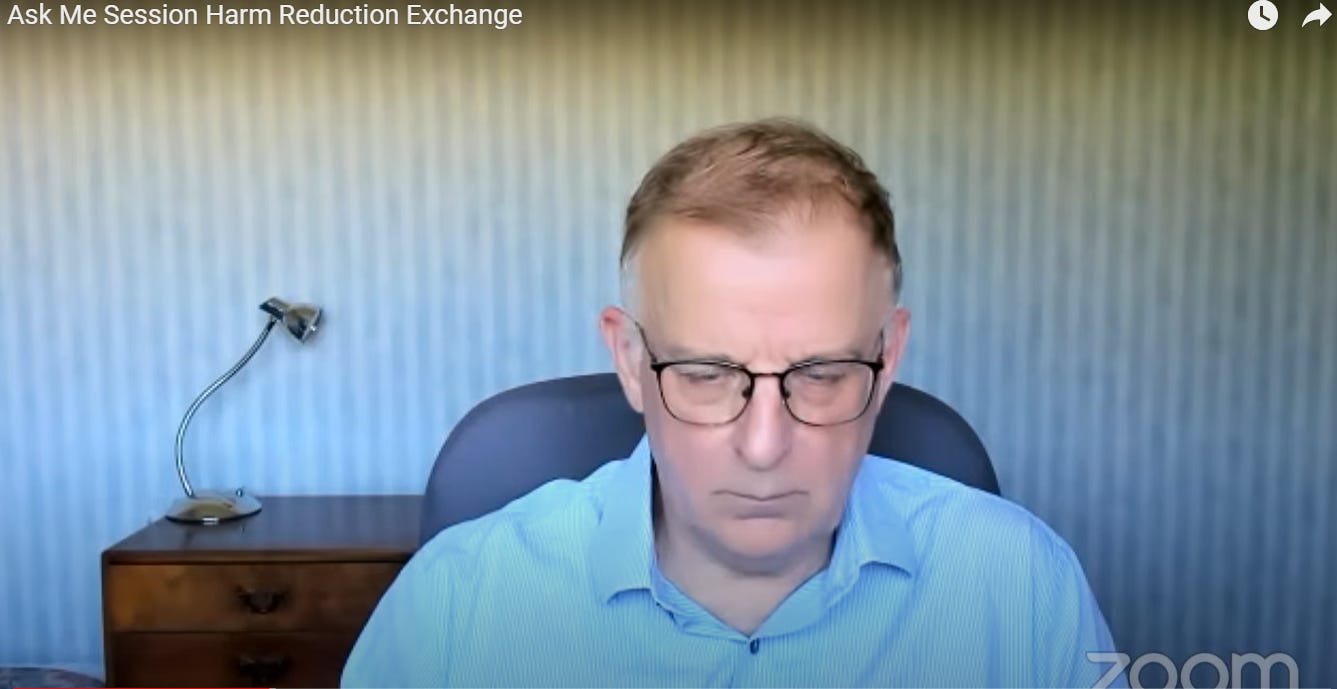Harm Reduction Luminary Clive Bates Discusses Nicotine's Nuances, Accessibility in Tobacco Alternatives
International Experts Explore Strategies in Recent Online Session
In an online session organised by Integra Africa, with support from Phillip Morris on Tuesday, Clive Bates, a prominent authority on tobacco harm reduction, shared his expert perspective on harm reduction, nicotine, and the accessibility of alternatives to smoking, writes Winston Mwale.
Bates began by emphasizing the challenging task of separating the risks associated with nicotine from those of smoking.
He compared nicotine to substances like caffeine and moderate alcohol consumption, highlighting that while nicotine is not entirely benign, it falls within the spectrum of these comparably safer substances.
Bates stated, "And actually, the harms of nicotine are stripped away from the smoke, okay, which is actually quite difficult to do. I mean, no one would argue that it's entirely benign. And it's probably somewhere on a scale between, you know, caffeine and moderate alcohol consumption, roughly."
He continued by stressing that nicotine use does not result in violence, road accidents, vulnerability to abuse, or liver disease, unlike alcohol.
Bates posited that, in terms of its stimulant properties, nicotine is akin to light or moderate social drinking, remarking, "There is some evidence that nicotine can aggravate pre-existing cardiovascular problems, and there's some evidence that if you already have cancer, any harms that are done are more likely to be done by the aerosol and products of thermal decomposition or impurities in the aerosol than they are by the nicotine itself, which is probably why the products that you put in your mouth are really, you know, very safe indeed."
The discussion then shifted to the accessibility of harm reduction alternatives, particularly in Africa.
Bates acknowledged that some harm reduction devices can be prohibitively expensive, posing a significant barrier for many potential users.
Nevertheless, he noted a positive trend – the decreasing cost of these products over time.
He highlighted the emergence of pouch products, similar to smokeless tobacco, which are cost-effective to manufacture and highly affordable, saying, "And the cost of actually being a user has come way down with innovation and volume."
Josephine Chinele, a journalist from Malawi, raised a crucial question about Malawi's ratification of the Framework Convention on Tobacco Control (FCTC) and its impact on harm reduction technologies, given the relatively low adoption of tobacco harm reduction (THR) technologies in the country.
Bates emphasized that the FCTC's influence depends on the stance taken by Malawi's delegates.
He urged them to represent Malawi's national interests and public health priorities when participating in the FCTC's deliberations, stating, "Use your vote to get what you want."
Bates encouraged a critical approach when evaluating studies related to harm reduction and nicotine.
He reviewed approximately 40 to 50 studies weekly, highlighting the need to scrutinize each study's methodology and conclusions.
He noted that many researchers have preconceived notions, saying, "A lot of the scientists in this field are trying to make a point. They don't like this approach. They think people should just quit smoking completely, give up nicotine completely, and therefore they're trying to find reasons why vaping is harmful."
In conclusion, the session provided a comprehensive exploration of harm reduction, nicotine's risk profile, and the challenge of accessibility.
Bates offered a balanced perspective, supported by evidence and critical analysis, on these vital public health topics.
Throughout the session, Bates reiterated his stance on the paramount role of science in shaping harm-reduction strategies.
He underscored the importance of critically evaluating scientific research and aligning findings with the well-documented harms associated with smoking when considering alternative approaches.




